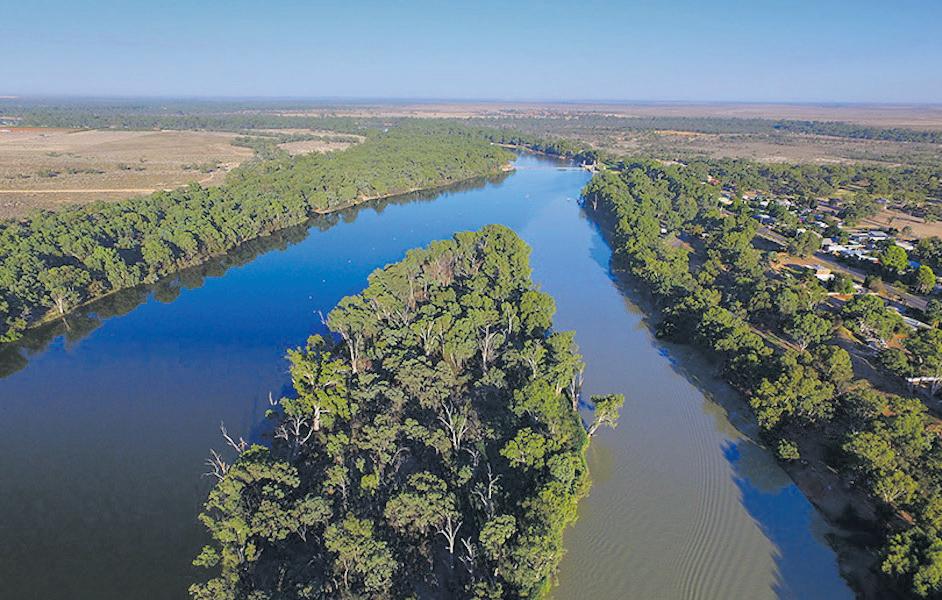
1 minute read
NSW Alternatives to Buybacks: A Modest Step Forward
As the Murray-Darling Basin grapples with the imperative of fulflling water recovery obligations, the recent unveiling of the NSW Alternative to Buybacks Plan offers a glimmer of progress. However, the fate of Basin farmers and communities’ hinges on governments’ commitment to fulflling their end of the bargain.
The plan, though commendable, falls short of delivering substantial water-saving projects, with only a handful identifed after languishing on the table for years. These projects, including the Murrumbidgee Irrigation and Coleambally Murrumbidgee Optimisation initiative, hold promise for water recovery and ecological revitalisation. Yet, their effcacy relies heavily on the Commonwealth’s willingness to redefne criteria for water recovery.
According to Claire Miller, CEO of the NSW Irrigators’ Council, while certain proposals show potential, expeditious collaboration between NSW and federal departments is imperative to ensure timely implementation. Past bureaucratic inertia raises concerns about the feasibility of on the Plan’s capacity to minimise such measures. realising these initiatives within the stipulated timeframe, leaving Basin communities and farmers in a state of uncertainty regarding the Plan’s effcacy.
The prevailing narrative, characterised by fnger-pointing between state and federal entities, exacerbates frustrations among stakeholders grappling with the prospect of buybacks overshadowing alternative solutions.
The federal Water Minister’s apparent inclination towards prioritising buybacks further compounds anxieties, casting doubt
Moreover, the NSW Plan underscores the practical challenges of achieving additional water recovery, even when disregarding socioeconomic considerations. With previous initiatives having exhausted readily available water-saving avenues, the effcacy of further buybacks remains dubious, as evidenced by shortfalls in existing programs like Bridging the Gap.
Most signifcantly, the imperative for additional water recovery is called into question by existing data revealing substantial reductions in diversions for various sectors.
With only 28% of Basin infows directed towards towns, industry, and irrigation, the focus must shift towards addressing underlying causes of river degradation, such as invasive species and poor policy frameworks.
In light of these realities, the allocation of billions of taxpayer dollars towards further water recovery raises pertinent questions about governmental priorities. Redirecting resources towards addressing systemic issues undermining river health may prove more effcacious in fostering sustainable ecological restoration.
In essence, while the NSW Alternative to Buybacks Plan represents a step towards addressing water recovery challenges, its effcacy hinges on collaborative action and a recalibration of governmental priorities towards holistic river management strategies. Only through concerted efforts to address underlying drivers of degradation can the Basin realise its full ecological potential and safeguard the livelihoods of its communities.











